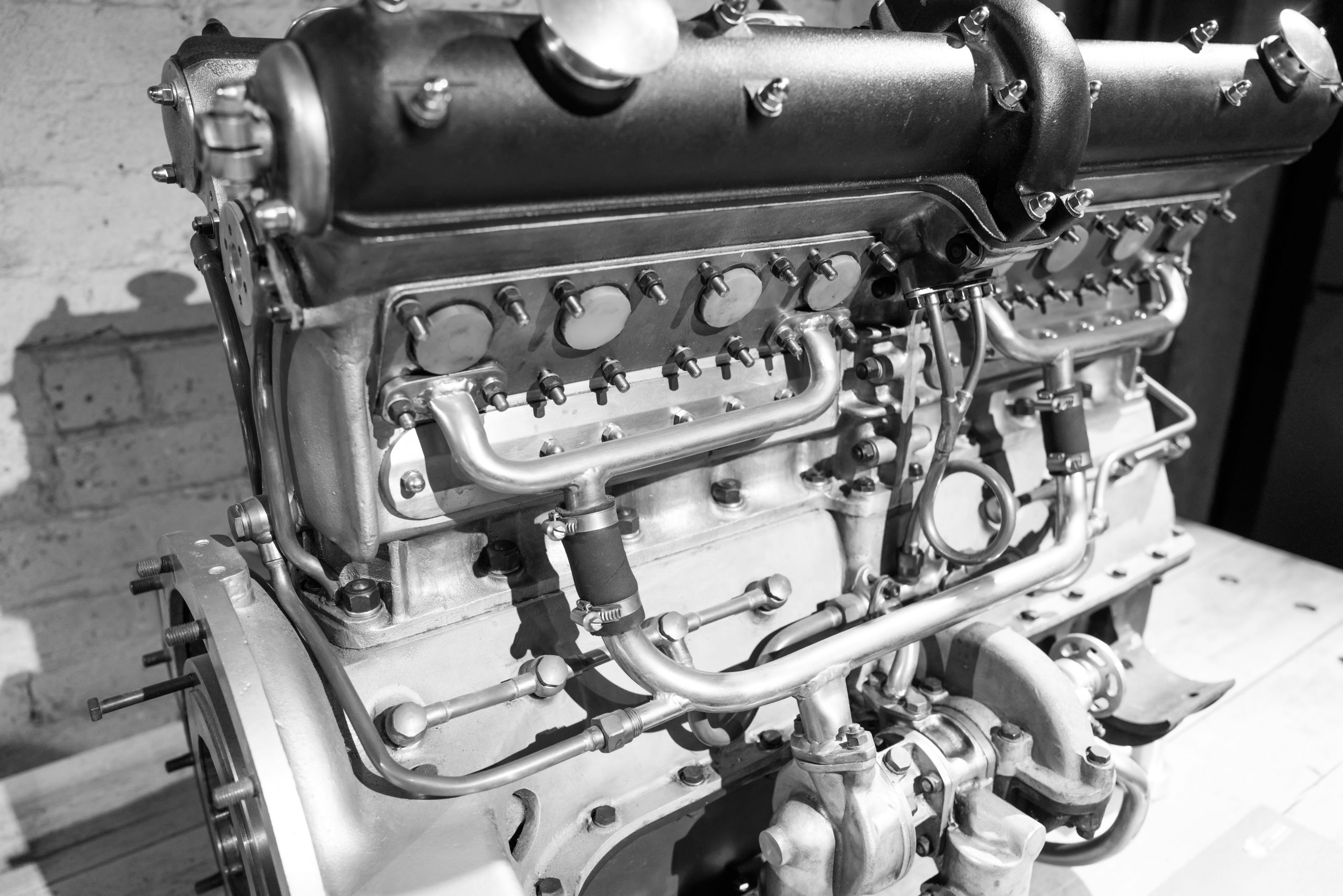How Dual-Motor Systems Boost EV Performance
With the rise of electric vehicles (EVs) in recent years, the demand for higher performance and more efficient cars has also increased. Many car manufacturers have been experimenting with different technologies to achieve these goals, and one of the most widely used solutions is the dual-motor system. This system has proven to be a game-changer in the EV industry, providing a significant boost in performance and overall driving experience. In this article, we will explore how dual-motor systems work and how they enhance the performance of electric cars.
Understanding Dual-Motor Systems
To fully understand how dual-motor systems boost EV performance, we first need to understand what they are and how they work. In a traditional electric car, there is only one motor that powers the vehicle. This motor is usually located on the front or rear axle, and it is responsible for converting the battery’s electrical energy into mechanical energy to move the car forward.
A dual-motor system, on the other hand, is a configuration that uses two motors instead of one. These motors work together to power the vehicle, with each motor powering a different axle. This means that the front and rear wheels of the car receive power separately, giving the car more control and traction.
One motor, known as the primary motor, is usually larger and more powerful, while the secondary motor is smaller and assists with providing additional torque. The primary motor is responsible for the main propulsion of the car, while the secondary motor kicks in to provide an extra boost when needed, such as during acceleration or uphill driving.
Benefits of Dual-Motor Systems
1. Improved Performance
The primary benefit of dual-motor systems is that they significantly improve the performance of electric cars. With two motors working together, the car has more power and torque, resulting in faster acceleration and better overall performance. This is especially noticeable in models with high-performance capabilities, such as the Tesla Model S and Porsche Taycan, which both use dual-motor systems.
2. Better Handling and Control
Having two motors powering the front and rear axles also means that the car has better handling and control. With each motor controlling different wheels, the car can distribute power more efficiently, providing better traction and stability. This is particularly useful in adverse weather conditions or when driving on challenging terrain.
3. Enhanced Efficiency
Dual-motor systems not only improve the performance of electric cars but also make them more efficient. With two motors working together, the car does not need to rely solely on the primary motor, resulting in less strain on the battery and improved energy usage. This can increase the overall range of the vehicle, making it more practical for long-distance driving.
4. Regenerative Braking
Another benefit of dual-motor systems is regenerative braking. When the car brakes or decelerates, the secondary motor acts as a generator, converting the kinetic energy into electrical energy and storing it back into the battery. This process helps recharge the battery and extends its life, making the car more efficient and sustainable.
Conclusion
Dual-motor systems have revolutionized the EV industry, providing a significant boost in performance, efficiency, and overall driving experience. With improved handling, control, and efficiency, dual-motor systems have become an essential feature in high-end and luxury electric vehicles. As technology continues to evolve, we can only expect to see further advancements in this field, making electric cars more powerful and desirable than ever before.










